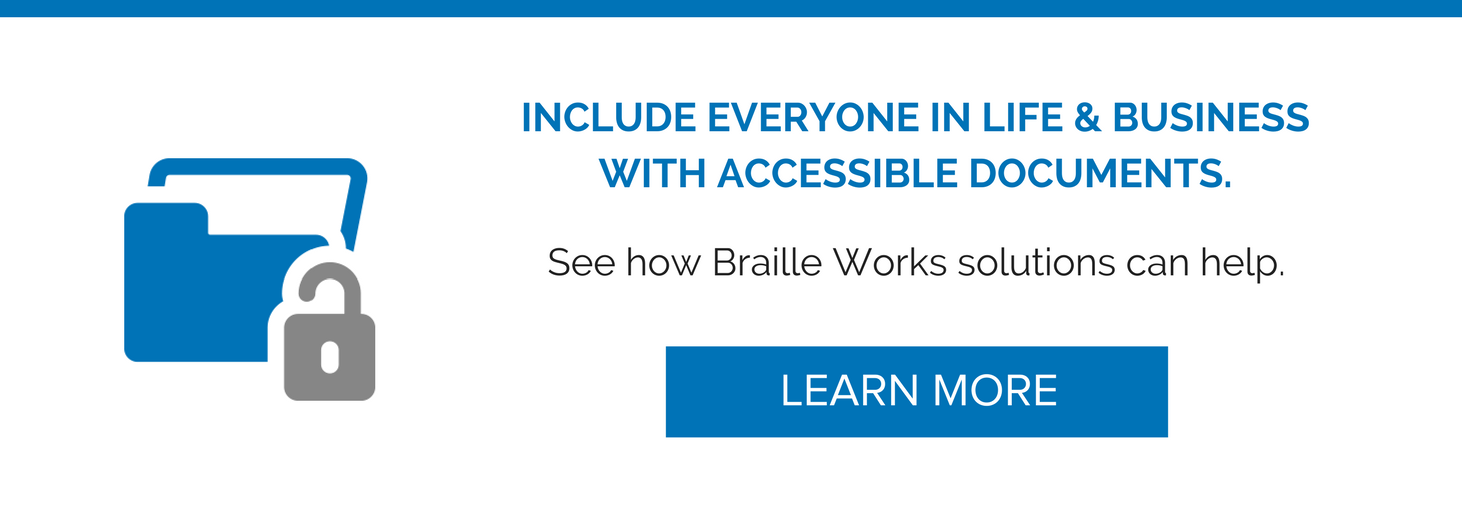Removing Barriers to ADA Compliancy at Your Government Agency
Published onADA compliancy is not as complicated as one might think; in fact, it is actually easy to navigate if you know how to identify all of the barriers that prevent equal access.
ADA compliancy is removing barriers, and a barrier is something that prohibits a person from accessing goods, services or information.
A common mistake made by administrators is viewing barriers as being only structural, the kind of barriers that prevent access to a physical location. However, there are other kinds of barriers that prevent equal access, and failure to provide access, in all areas, is a liability.
Steps to remove communication and digital access barriers:
- Identifying the problem is the first step to ADA compliance.
- Assign an ADA Coordinator to oversee compliance issues, and to work with employees and the general public.
- Train all employees to refer ADA compliance related matters to the ADA Coordinator.
- Partner with a company that provides high quality and accurate braille, large print, audio and 508 remediation.
- Audit the systems to ensure ADA compliance in all areas of your organization.
- Consult with a Disability Specialist or Attorney to see if there are other areas where compliance is mandated.
Communication is not only verbal.
According to the 2015 National Health Interview Survey there are approximately 23.7 million Americans over the age of eighteen who are blind, or have significant vision loss. Likewise, in 2013, the National Health Institute estimated that 10% of adults have a reading disability, or are unable to read effectively to comprehend information.
Administrators need to focus on written communication barriers. There is a legal requirement for an alternative to standard print in accessible formats in all areas of written communication.
Give alternatives to standard print.
Providing an alternative to standard print is outlined in the ADA Effective Communication Guide created by the Department of Justice in 2010. The guide outlines the most common alternatives to printed documents as being: braille, large print, audio and/or a qualified reader. Additionally, equal access to information must be given to a person with a disability in a similar way it is provided to a person without a disability.
The guide goes on to state that the person with the disability has a preference in the alternative format they receive, so it fits their primary method of understanding and accessing the information. To remove barriers and achieve ADA compliance for your agency, be sure to provide alternative, accessible options to all standard print communications.
 Break barriers to independence.
Break barriers to independence.
Recently, communication and digital access barriers that relate to Information and Communications Technology (ICT), better known as Section 508 compliance or WCAG 2.0 AA standards also need to be addressed by governmental departments.
Government administrators need to take serious action in Section 508 document compliance. This includes considerations beyond an accessible webpage electronic mail attachments and online documentation formats like Portable Document Formats (PDF).
The federal court system has made powerful statements in setting precedence, through case law, by defining what ADA Compliance should look like. Beyond the legalities, providing braille, large print, audio and accessible ICT is the right thing to do, because all people deserve an equal opportunity to be independent.
Categorized in: Accessibility
This post was written by









Comments are closed here.